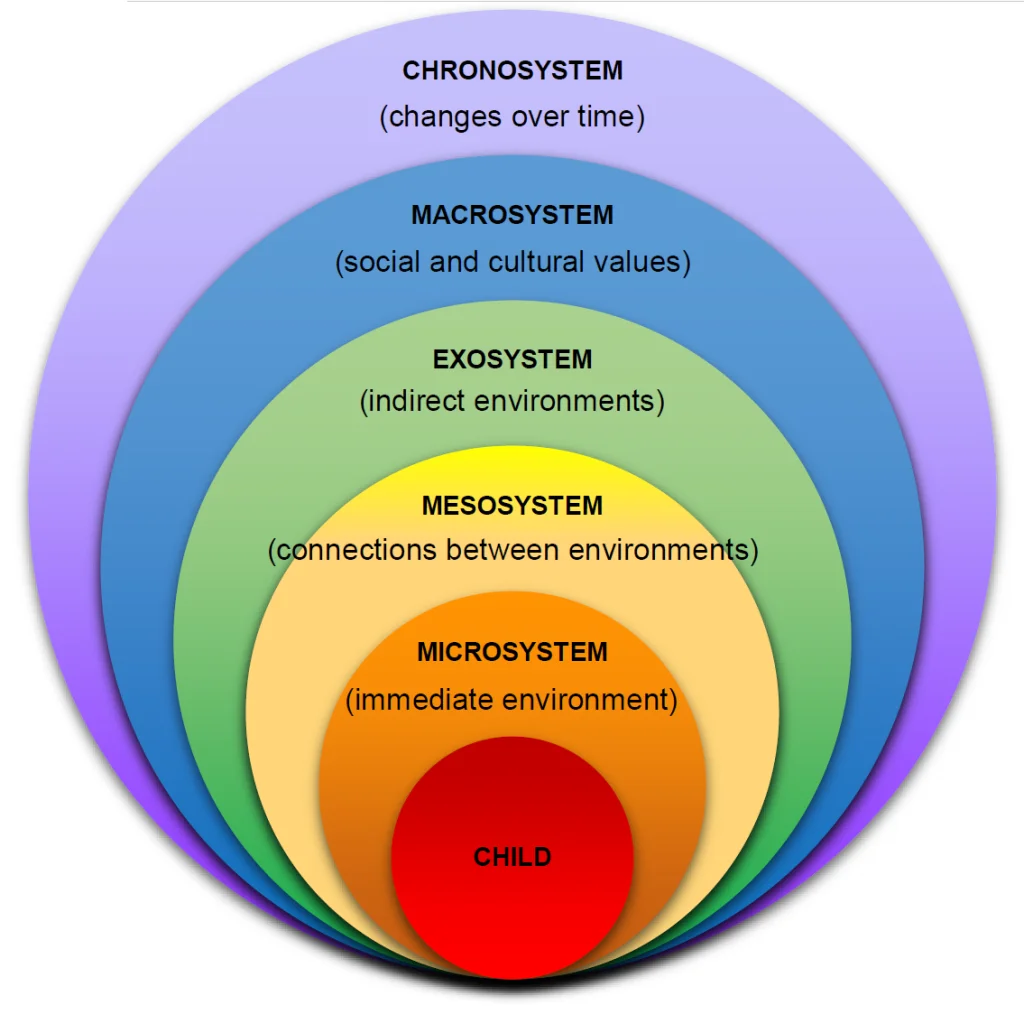
In the business world, having a strong workplace learning culture is essential. Companies with such cultures are 92% more likely to innovate and keep up with market changes. In this article, we'll look at key steps to create an environment where continuous learning is central. We'll talk about building trust and making learning part of daily activities. Whether you're a manager aiming to improve team performance or an employee wanting to boost your skills, this guide can help. Let's explore how to build a culture that truly values and thrives on learning!
Step-by-Step Guide to Cultivating a Strong Workplace Learning Culture
Prioritize Learning in Organizational Strategy
Communicate the Importance of Learning Culture from Leadership
Building a learning culture starts with leadership. Leaders need to clearly and consistently communicate that learning and development are key to the organization's identity. It's not just an extra thing to do. This message should reach everyone in the company.

Leaders can share this vision through:
- Newsletters
- Town hall meetings
- Memos
Sharing real stories about how learning has driven innovation or solved big problems helps make the idea of learning more relatable and real for employees.
Integrate Learning Goals into Company Values
To make learning a priority, it needs to be part of the company's values and strategic plans. This means revisiting core values to ensure learning is a key part. Strategic plans should have specific learning goals that align with business objectives.
For example, if a company wants to innovate in a market, it should set learning goals to gain new skills or knowledge in that area. By doing this, employees can see how their growth ties into the company’s success (Frontcore).
Foster Continuous Learning Environment
Encourage a Safe Space for Questions
A good learning culture encourages open communication, transparency, and trust. Employees should feel safe asking questions and sharing ideas (Simpplr).

Start by fostering psychological safety, where people aren't afraid of being judged. Managers should model this by asking questions and encouraging curiosity. Tools like regular Q&A sessions, open forums, and anonymous question boxes can help. Celebrate questions as a sign of engagement and curiosity.
Embrace Innovation and New Ideas
Being open to new ideas is a big part of a learning culture. Encourage employees to share fresh perspectives and suggest new processes (Frontcore).
Create spaces for idea sharing, like innovation workshops or hackathons, where all voices can be heard. Regular team meetings can include discussions on new industry trends or technologies. Leaders should be open to feedback and willing to change based on employee insights, showing that diverse perspectives are valued.
FAQs
Implementing Mentorship in a Workplace Learning Culture
To integrate mentorship programs into a company's learning culture, a strategic plan and the right resources are essential. Leaders should actively participate and support knowledge sharing. When learning becomes a part of everyday tasks and feedback is encouraged, growth occurs naturally. Leaders can contribute by joining learning activities and offering coaching. For instance, a mentorship program where seasoned employees guide newer ones through regular sessions, supported by leadership that values these efforts, can be highly effective.

Benefits of Socialized Learning Communities in the Workplace
Socialized learning communities enhance communication and teamwork, which boosts innovation and customer service. They foster trust, enabling employees to view challenges as opportunities to learn, thereby enhancing creativity and resilience. These communities also increase engagement and retention by aligning employees with company goals, leading to improved business performance.
Encouraging Self-Directed Learning in a Workplace Learning Culture
Organizations can promote self-directed learning by providing resources such as videos and workshops in various formats. Equipping employees with the tools to learn new skills helps cultivate a genuine learning culture where they take charge of their growth. A supportive environment that values continuous learning and open feedback encourages self-directed development. For example, offering an online platform with diverse courses, encouraging personal goal setting, and providing manager feedback can drive this growth.
